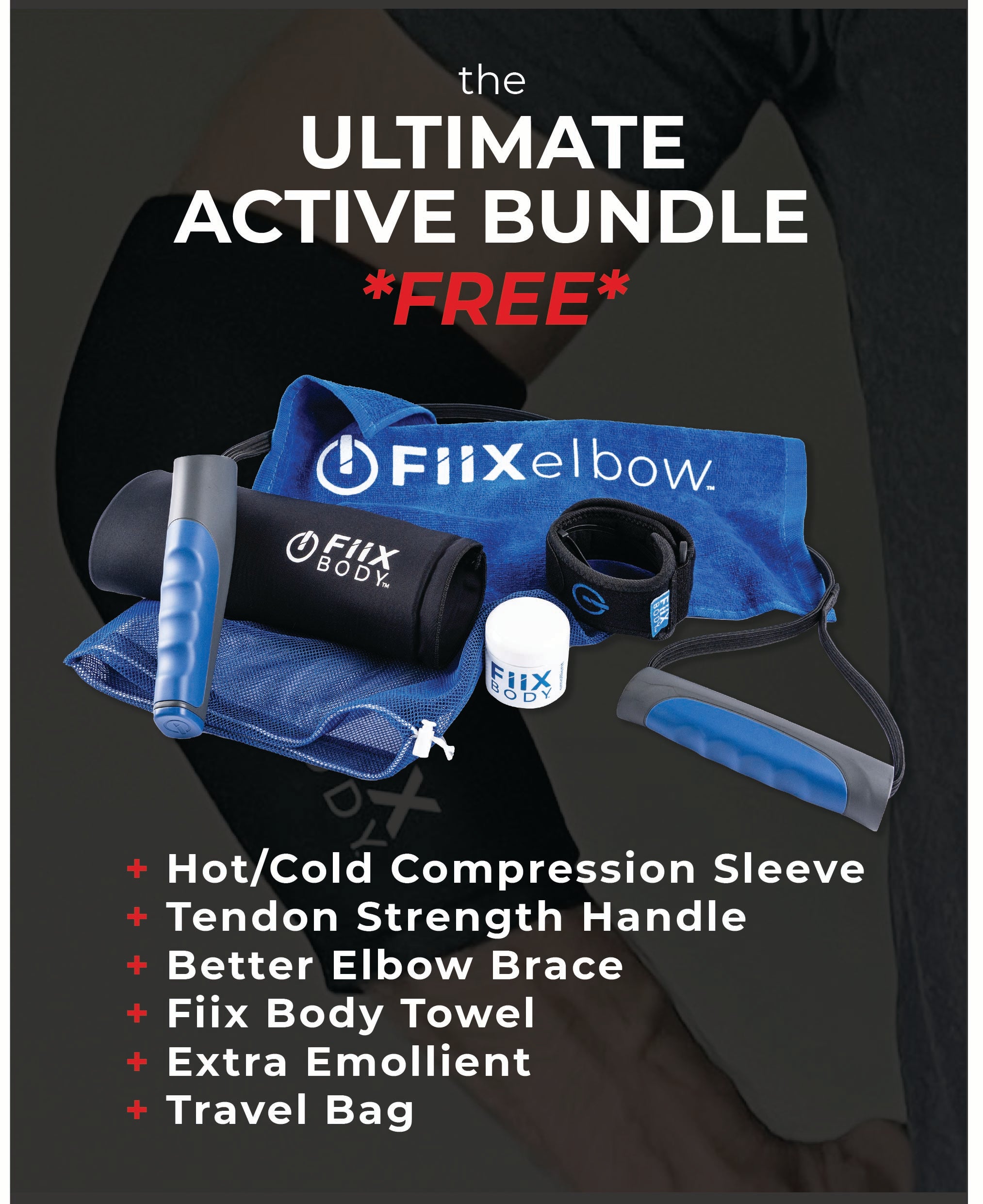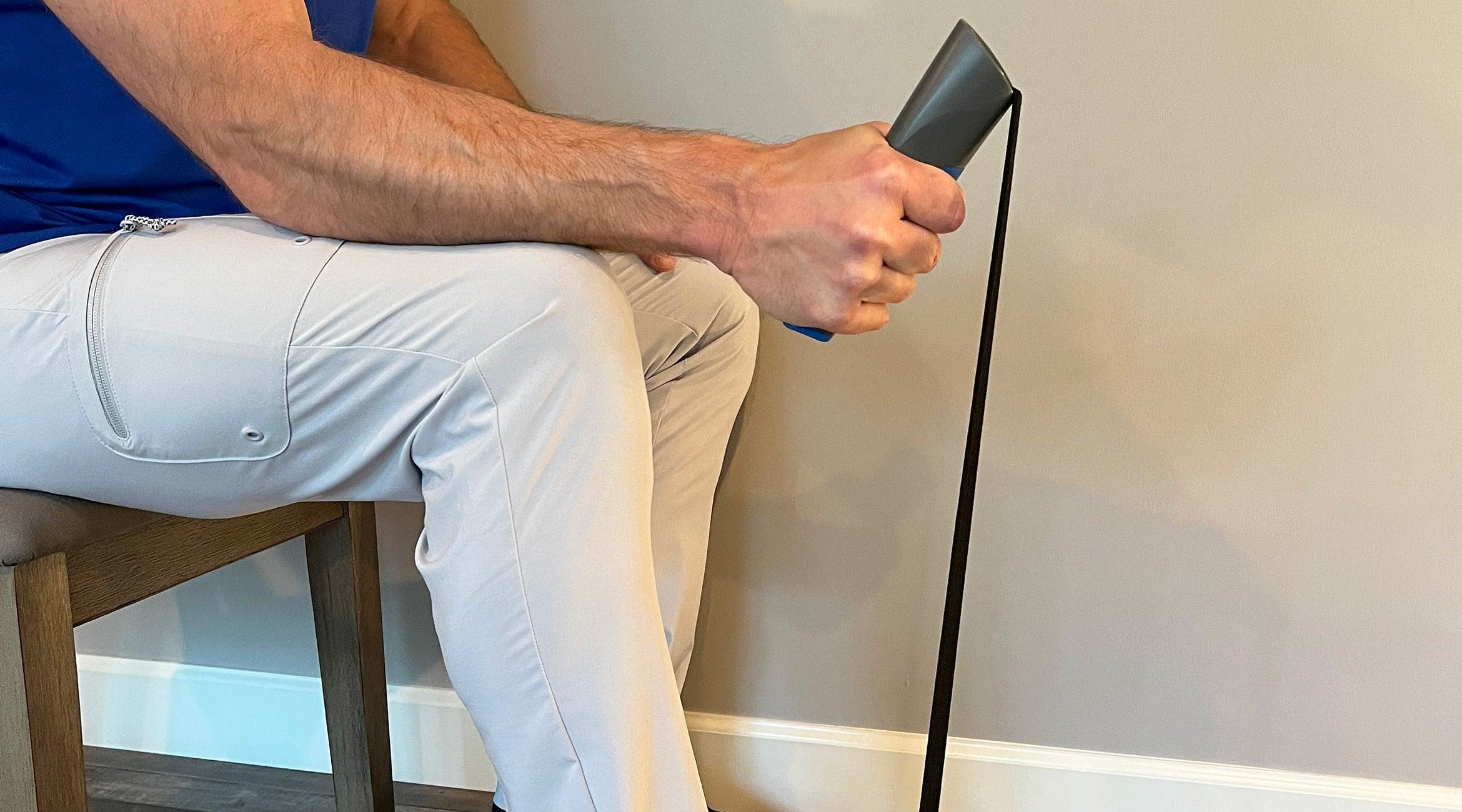Tennis elbow is a nagging injury that afflicts 6.5 to 9.5 million Americans each year. Beyond tennis players, this painful condition can affect anyone who engages in repetitive movement with their arms, including golfers, fitness enthusiasts, gamers, office workers, painters, plumbers, hairdressers and construction and manufacturing workers.
Chronic overuse strains the tendons in the forearms, which can cause microscopic tears and inflammation. This pain at the outside of the elbow makes it difficult to grip or carry items, work on a computer, cut food, engage in recreational activities, and potentially do your job.
The good news is that multiple treatment options exist for tennis elbow, and 80 to 90 percent of people recover without surgery. For those who lack health insurance resist use of medication or prefer to self-treat, there are a variety of natural remedies for treating tennis elbow. Keep in mind that not all may be equally effective, several should be combined for better results, and none guarantees full recovery or a lack of recurrence.
Among the ways to treat tennis elbow naturally
- Rest – Of course, the best thing to do is eliminate the movements that are causing the pain and allow the tendon to recover. However, this isn’t always possible or practical, especially if what’s causing your pain is your job. But taking some time off from playing tennis or golf, or gaming, can minimize discomfort.
- Ice – Applying an ice pack to the injured area for 15-20 minutes two to four times each day can help reduce inflammation and pain.
- Braces or straps – Over-the-counter compression braces and straps offer external support to disperse forces and take the strain of the tendons and the muscles, which delivers temporary relief from discomfort. Cryosleeves combine cold therapy with compression to further alleviate pain.
- Heat – Ice is generally recommended at the onset of tennis elbow pain; then heat can be used after the injury has persisted over time. Warm compresses stimulate circulation, which brings more oxygen and nutrients to the area to promote healing. Use a heating pad for 10-15 minutes once a day.
- Stretching and strengthening – Ask a physical therapist for simple exercises that you can do at home to gently strengthen and stretch the forearm and wrist, increase range of motion and promote muscle endurance to improve the ability to handle repetitive stress.
- Herbs – Herbs can be taken in capsule form. The extract from turmeric, called curcumin, has been shown to reduce inflammation, and a study in the Journal of Biological Chemistry found a link between turmeric and treatment of tendonitis. Other herbs that can help decrease symptoms of tendonitis include ginger, white willow, devil’s claw, and bromelain.
- Tendonitis recovery device – The new Fiix Elbow program from Stā Active automates a clinically proven physical therapy procedure known as instrument-assisted soft tissue mobilization (IASTM) for use at home. Using repetitive, linear strokes on the forearm, the Fiix Elbow increases blood flow, cellular and tissue regeneration and collagen production to heal the tendon. This drug-free product is available without health insurance or a prescription, and comes with a 90-day, money-back guarantee.
While natural remedies are useful in treating tennis elbow, it’s always smart to see your doctor when you have persistent pain to get a specific diagnosis and customized treatment plan.



Share:
What Upper-Body Exercises Can I Do with Tennis Elbow?
How Much Does Tennis Elbow Treatment Cost?